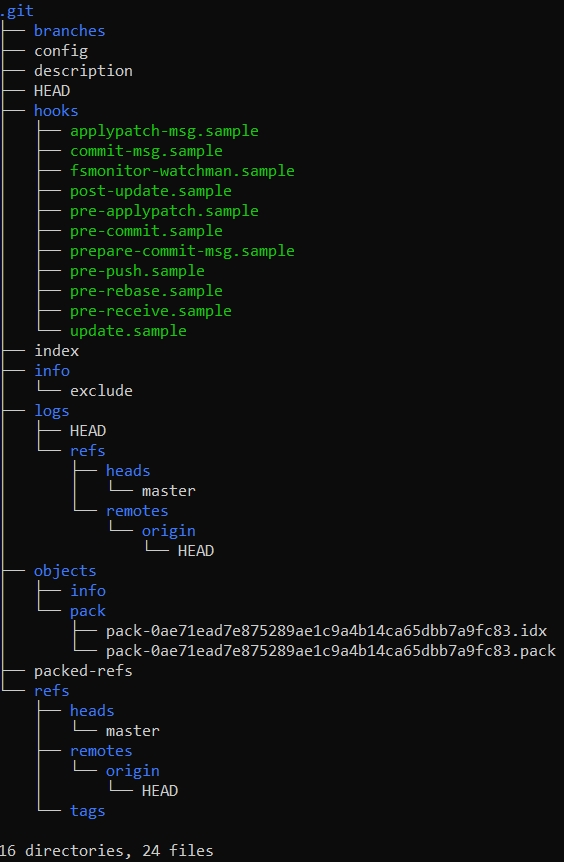Understanding get_image_files in fastai
In fastai library we use Datablocks like the below example for loading datasets, and to train models. The below code is DataBlock, which is used to load a dataset of various types of bears to split into train and validation datasets along and to resize images to size 128*128. For a detailed explanation, check on From Data to DataLoaders section in Chapter 2 of Fastbook.
bears = DataBlock(
blocks=(ImageBlock, CategoryBlock),
get_items=get_image_files,
splitter=RandomSplitter(valid_pct=0.2, seed=42),
get_y=parent_label,
item_tfms=Resize(128))In this Datablock get_items, we are using the get_image_files to load the images. I was curious how to see how get_image_files worked under the hood to return all the image files in a dataset. As Jeremy always suggests, I started looking into source code by handy question mark functionality in Jupyter Notebooks. The source code for get_image_files can be found in fastai repo here. The source code for get_image_files function is:
You can see it's expecting the path to the folder where files are present in the image folder. Also the function signature, consists of recurse=True and folder=None by default.
You can see get_image_files function is calling get_files(path, extensions=image_extensions, recurse=recurse, folders=folders) on passing with extensions set as image_extensions.
What is image_extensions doing?
The image extensions is just a variable returning a set of images from the mimetypes, which is part of Python standard library to map filenames to MIME types. Let's see image_extensions output to see whole set of image type extensions.
>>> image_extensions
{'.jpg', '.svg', '.pgm', '.png', '.xbm', '.jpe', '.pbm', '.pnm', '.rgb', '.tiff', '.xpm', '.jpeg', '.ras', '.ico', '.tif', '.ppm', '.xwd', '.gif', '.bmp', '.ief'}mimetypes.types_map.items() returns a dictionary items. It consists of key, value pair and we are selecting value pairs starting with the word image/ to return a set of image_extensions as shown in the above output.
Now let's look at get_files function, which returns a list of files, based on extensions passed, folders. Let's look into the source code of get_files(path, extensions=None, recurse=True, folders=None, followlinks=True function as well:
Let's understand what the function get_files(path, extensions=None, recurse=True, folders=None, followlinks=True) is doing line by line.Let's look at the first few lines of code.
from fastcore.all import L, setify
from pathlib import Path
def get_files(path, extensions=None, recurse=True, folders=None, followlinks=True):
"Get all the files in `path` with optional `extensions`, optionally with `recurse`, only in `folders`, if specified."
path = Path(path)
folders=L(folders)
extensions = setify(extensions)
extensions = {e.lower() for e in extensions}We are converting the path provided to us into a Pathlib object, and folders are converted to a special Python-like list called (L) based on the fastcore library. The extensions are converted to a set if it's being passed as a list, range, string etc. using setify. All the extensions are converted to lower case characters if any extension is in upper case. To read more about the setify function check the fastcore docs.
If function definition, we have by default passed recurse=True. If it's True, it goes through all the files in the File path we have passed as well as going inside various folders inside the File Path recursively. Else if recurse=False, we just go through all files in the File Path we have passed without going inside various folders.
For the sake of understanding, let's take an example a .git directory, with the following file structure.

os.scandir returns an iterator of Directory objects. In Python os module, there is an os.listdir(path='.') which does the same functionality as scandir. Yet scandir gives a better performance for most of common use cases. [1]
It returns a list of file extensions as shown below with list comprehensions, where is_file() returns, if it's a file or whether it's pointing to a directory with followlinks.
If recurse=True, it goes through all the directories and works on files recursively. Let's look at the sources code and try to understand more.
I would highly recommend the functionality of os.walk by checking this article. You can see that on iterating through os.walk(), we can get the directory path, and associate file path as a list. This is being passed to _get_files(p, f, extension) function.
Just to summarise how the get_files function is working it will be useful to look at the below illustration:

When recurse=False, for path bears. It returns just returns file README excluding (.gitignore) and directories.
While recurse=True, for path bears. It returns all valid files inside the root directory as well as in folders such grizzly, black, teddy, details, folder etc.
After that, it's passed to _get_files function, which returns the list of filenames to a list of pathlib Path of various filenames.
fs, the list of files returned. We are not passing files that are starting with . like .gitignore or .env as it's not usually very useful for our dataset to get as files. Also, it's not returning file extensions passed or f'.{f.split(".")[-1].lower()}' in extensions.
res on passing p/f for the list of files will become a list of paths as shown in the below result. Transforming from a list of file names, we are transforming it to a list of Pathlib module Path, pointing to various filenames.
This is how the get_image_files, returns a L object based on fastcore for any object. For the BIWI Dataset, the output of get_image_files and get_files is as following:

Conclusion
I hope with this blog post, you now have understood how get_image_files, fetch the list of images under the hood by looking into the source code.
In case, if I have missed something or to provide feedback, please feel free to reach out to me @kurianbenoy2.
References
[2] Python os module
[3] Deep Learning for Coders with Fastai and Pytorch: AI Applications Without a PhD
Was this helpful?